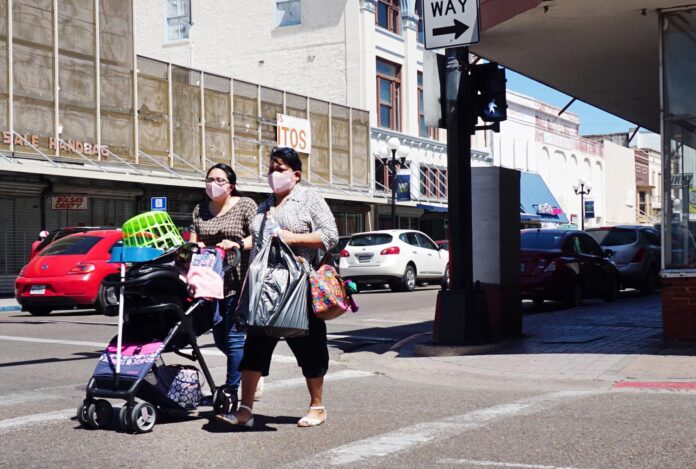COVID-19 has had the Rio Grande Valley — and the world — in its grips for a year now. It was a hard blow — the first U.S. case was reported in February 2020, and within a month students on the first week of Spring Break were being told not to return to campus and the entire country was being locked down.
Now that vaccines are being provided to the public, there is some hope that we might be able to return to our normal lives, although we still don’t know when. At the current rate of nearly 2 million vaccination doses given every day across the country, health officials say it will still take about seven months to immunize the entire nation. And that hope is tempered by the fact that some people still refuse to believe that the crisis is real and others express fears of taking the vaccination. Given that resistance, we don’t know how much of our population will defy the precautions and continue to catch and spread the viral disease that already has killed nearly 520,000 people in the country, including more than 4,500 in our Valley.
Adding to the concerns is Gov. Greg Abbott’s announcement that all state-mandated restrictions will be lifted on Wednesday, a decision that national health officials say is premature. We hope that we don’t see a repeat of a similar easing of restrictions last summer, which led to a new surge of infections and might have prolonged the pandemic in our state. It’s important to remember that lifting restrictions doesn’t mean we should stop taking current precautions; in fact, we shouldn’t.
Pandemic numbers have reached a point that to many people they might just be numbers. We should remember that every one of those numbers is a human life, and affects so many others. That is why this newspaper, like so many other news media, continue to document some of the people and families the pandemic has affected. We wish we could do more.
Every number is a life, and every life is part of a family’s history. With every death people lose a father or mother, aunt or uncle, sibling or cousin. Some children will now grow without a parent; some will never know a grandparent.
In some cases the virus has taken a family’s matriarch, that one person who held the family together and built its heritage. After such a loss family might lose the impetus for family gatherings and drift apart. Tamaladas and posadas might become more infrequent.
Some people take with them family traditions and secrets that they hadn’t yet imparted to the next generation — Grandma’s special pozole recipe; that exquisite dessert that no one could make like a special aunt; stories from previous generations that had yet to be passed on to younger family members.
Mass fatalities like those caused affect more than single families. Together those losses can affect entire regions, entire cultures.
Those losses are greater than many people might realize; this is why so many people rightfully feel such an urgency to fight this disease, to stop the dying. This is why many struggle to understand those who seem to take a cavalier attitude toward recommendations about how we can protect ourselves, and why they pray that people will continue to take those precautions even after the state says we don’t have to.




